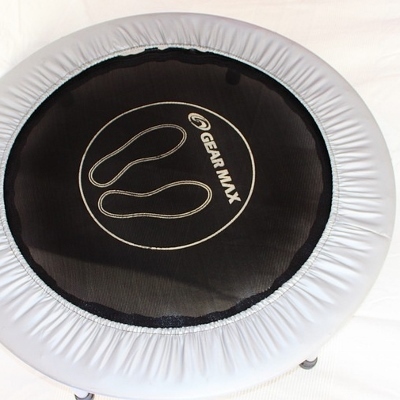 Eggplant is a vegetable that many of us shy away from when it comes time to fix dinner, but we should really learn what we can do with this fabulous purple gem. They are full of antioxidants and nutrients that help to detox our bodies of free radicals. They are also a great source of fiber, potassium, vitamin C, and vitamin B. They are also low calorie, as are most vegetables, and low in sodium. Knowing how to choose a good eggplant and how to prepare it can be simple.
Eggplant is a vegetable that many of us shy away from when it comes time to fix dinner, but we should really learn what we can do with this fabulous purple gem. They are full of antioxidants and nutrients that help to detox our bodies of free radicals. They are also a great source of fiber, potassium, vitamin C, and vitamin B. They are also low calorie, as are most vegetables, and low in sodium. Knowing how to choose a good eggplant and how to prepare it can be simple.
When choosing an eggplant, the rules are the same no matter what variety of eggplant you are buying. The skin of the eggplant should be smooth and firm, with no holes or bruises. Also be sure that the eggplant feels weighty for its size, which means that it is moist and fresh inside. Gently press on the eggplant with your finger. If it springs back, then the eggplant is perfect for eating. If you press on it and it does not spring back, then it is too ripe and will be mushy and difficult to cook.
Before cooking eggplant, you will need to remove the excess moisture. Peel the tough purple skin and then chop or slice. Place the peeled eggplant in a colander, and sprinkle with salt. Let the eggplant sit for at least 20 minutes. You will see the moisture being pulled out of the eggplant by the salt. When the moisture is removed, rinse well, and cook according to your recipe. This step keeps the eggplant from becoming mushy during the cooking process.
Eggplant is very versatile when cooking. It is a good substitute for meat in dishes like lasagna and casseroles. It can also be sliced and drizzled with a little olive oil and placed directly on the grill and then eaten like a burger or in fajitas. It can be baked for 30 minutes in the oven for similar results. It is traditionally used in Eggplant Parmesan, but it can also be added to other pasta dishes. Add it to salads, soups, and stews as well.






If you’re looking for a simple & fairly healthy use for eggplant, these Greek Eggplant Wheelsare an excellent choice.